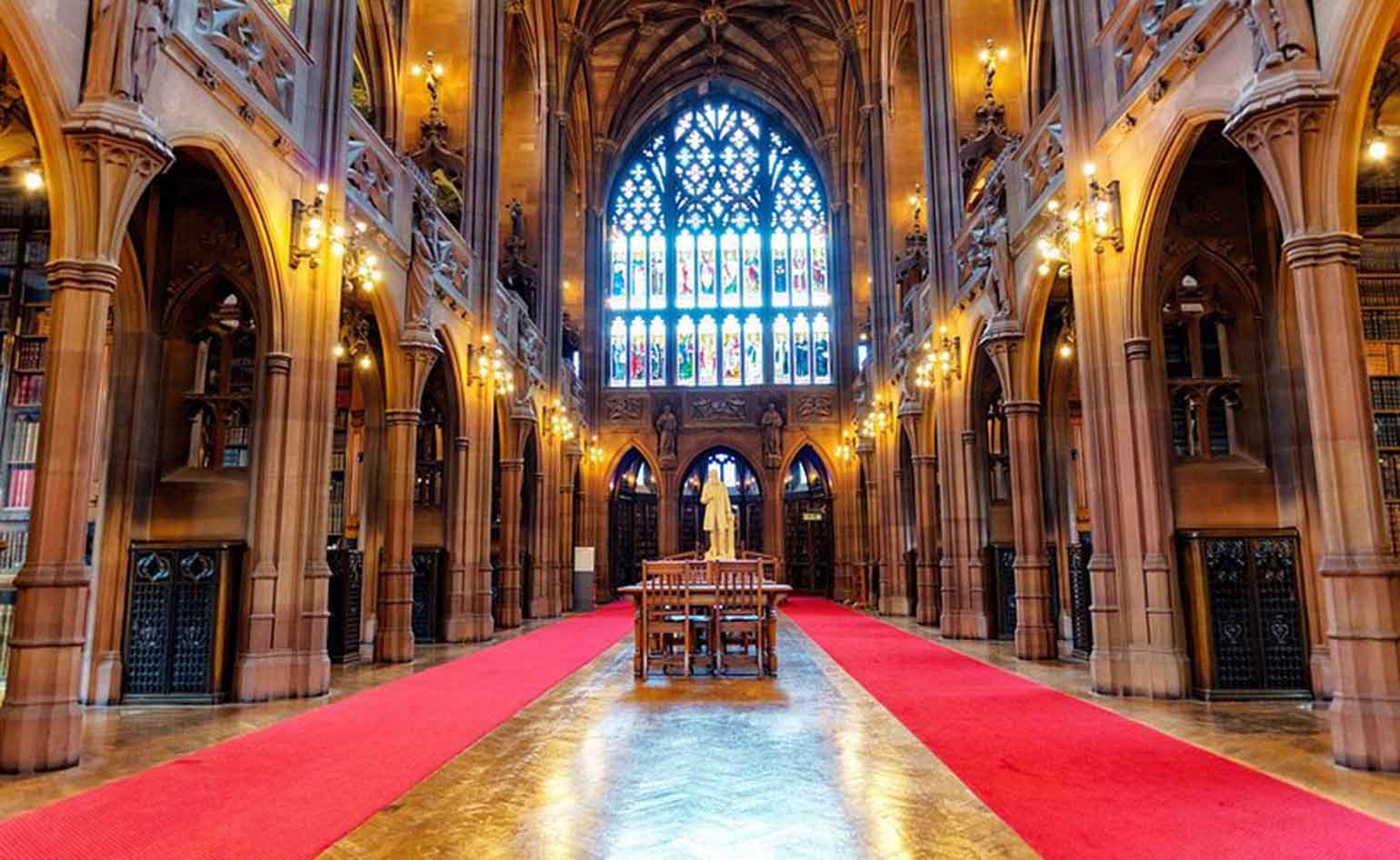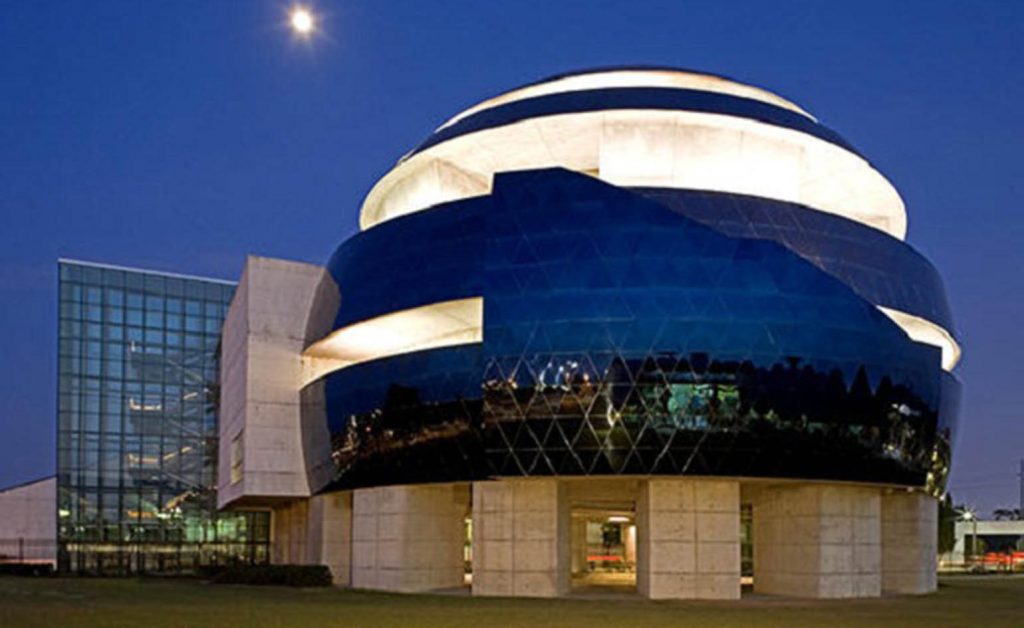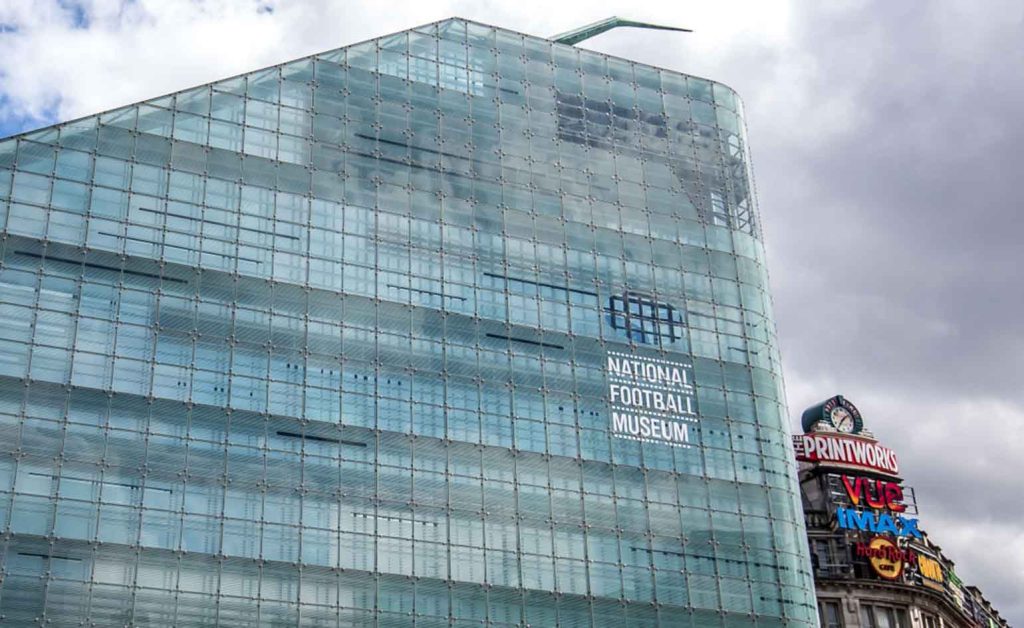
- by star
When I first set foot in Manchester, I could feel the city’s pulse immediately. There’s an unmistakable energy that runs through its streets—a blend of industrial grit, artistic creativity, and the undeniable passion for football. Manchester is a place where history is not just preserved in museums but etched into every red-bricked building, where culture is alive in murals and music, and where football is more than a game—it’s a religion. My journey through Manchester turned into a deep dive into its must-see attractions, from world-class museums to sacred stadiums, and I came away with a renewed appreciation for this northern powerhouse of England.
The Museum of Science and Industry (MOSI): A Glimpse into the Industrial Revolution
Manchester proudly calls itself the birthplace of the Industrial Revolution, and nowhere is this story told better than at the Museum of Science and Industry. Walking into the former railway station that now houses the museum, I felt as if I was stepping back in time. The old machinery, engines, and interactive exhibits illustrate not just the technological advances but also the human stories behind them.
One highlight was the textile gallery, where enormous looms clattered away, showing visitors exactly how Manchester earned its nickname, “Cottonopolis.” The sound was deafening, but it made the experience vivid and real. Equally impressive was the Air and Space Hall, which showcased everything from early aircraft to racing cars. It wasn’t just a museum for history buffs—it was a place where science and innovation felt accessible, even thrilling.
What struck me most was how this museum captures the essence of Manchester: a city that takes pride in its industrial past while continuing to innovate for the future.

Manchester Art Gallery: A Quiet Moment in the Heart of the City
From machinery and engines, I shifted gears to the quiet elegance of the Manchester Art Gallery. Located right in the city center, the gallery offered me a sanctuary from the bustling streets outside. Its collections range from the classical to the contemporary, housing works by Pre-Raphaelite painters alongside modern British art.
One painting that held me captive for a long while was Ford Madox Brown’s Work, an intricate portrayal of Victorian society. The detail in the painting seemed almost photographic, yet the emotions it conveyed felt timeless. The gallery also hosted modern installations that challenged viewers to think about art in today’s context.
What I loved most about the gallery was its accessibility—it wasn’t intimidating, and it invited people from all walks of life to step inside. The free entry policy makes it even more welcoming, reinforcing Manchester’s identity as a city of culture for everyone.
John Rylands Library: A Cathedral of Knowledge
If there is one place in Manchester that truly made me gasp upon entering, it was the John Rylands Library. From the outside, the building looks like a Gothic cathedral, and once inside, the soaring arches, stained glass, and dark wood paneling confirmed that impression. This is not just a library—it’s a work of art in itself.
Walking through the reading room felt almost sacred. The silence, punctuated only by the occasional creak of the floorboards, transported me back to a time when books were the most precious treasures. The library houses rare manuscripts and historic texts, including fragments of the earliest known New Testament writing. For anyone who loves literature or history, it’s a must-see.
What made the visit even more special was realizing that this place was built as a gift to the city by Enriqueta Rylands in memory of her husband, John. It’s not just a library—it’s a love letter to learning, art, and Manchester itself.
Northern Quarter: Street Art, Cafés, and Creative Spirit
Every city has that one neighborhood where creativity bursts through the seams, and in Manchester, it’s the Northern Quarter. This district felt like a different world from the polished galleries and Gothic libraries. Here, street art adorned nearly every wall, from towering murals to small, hidden doodles tucked into corners.
I wandered through narrow streets filled with independent shops, record stores, and quirky cafés. One café in particular caught my attention—not because of its menu, though the flat white was excellent—but because of its atmosphere. Students tapped away on laptops, artists sketched in notebooks, and groups of friends chatted over brunch. The Northern Quarter is the heartbeat of modern Manchester, a place where ideas are brewed as much as coffee.
What I found inspiring was the way the neighborhood celebrated individuality. It was raw, authentic, and full of personality—qualities that perfectly complement Manchester’s historic side.
National Football Museum: More Than Just a Game
Manchester’s reputation as a football city is unmatched, and while the stadiums are the crown jewels, the National Football Museum offers a comprehensive dive into the sport’s history. Located in a striking glass building, the museum is both family-friendly and engaging for die-hard fans.
Inside, I found everything from historic jerseys to trophies and interactive exhibits. I tried my hand at a penalty shootout simulator (with limited success) and watched children gleefully test their dribbling skills. Beyond the fun, the museum explores football’s cultural impact—how it has shaped communities, bridged divides, and sometimes even mirrored political and social struggles.
For anyone who wants to understand why football is so much more than just 90 minutes on a pitch, this museum is essential.

Old Trafford: The Theatre of Dreams
No trip to Manchester is complete without a visit to Old Trafford, the home of Manchester United. Even if you aren’t a supporter, the stadium is awe-inspiring. Walking into the stands, I was struck by the sea of red seats and the sheer size of the ground. The guided tour took me through the players’ tunnel, the dressing rooms, and finally to the pitchside, where I could imagine the roar of thousands of fans on match day.
The museum inside the stadium added layers of history—from legendary players like George Best and Ryan Giggs to the iconic managers who defined eras. What resonated with me was how deeply intertwined the club is with the city’s identity. For many Mancunians, Old Trafford isn’t just a stadium—it’s a home, a heritage, and a dream factory.
Etihad Stadium: The Blue Side of the City
Of course, Manchester is not defined by one team alone. Just across the city lies the Etihad Stadium, home of Manchester City. If Old Trafford is steeped in tradition, the Etihad represents modernity and ambition. Sleek, futuristic, and expansive, the stadium reflects City’s meteoric rise in recent years.
The tour here was equally immersive, showcasing state-of-the-art facilities, trophy displays, and behind-the-scenes access. Standing on the pitchside here carried a different kind of thrill—one that spoke to Manchester’s present and future as a football capital. The rivalry between United and City isn’t just about football; it’s about two different ways of interpreting what Manchester stands for. Experiencing both gave me a fuller picture of the city’s passion for the beautiful game.
Castlefield: Roman Roots and Canal-Side Charm
Beyond museums and football, Manchester also surprised me with its historic charm. Castlefield, with its Roman ruins and picturesque canals, offered a slower pace. I wandered along the waterways, watching narrowboats drift lazily under iron bridges, with converted warehouses now serving as stylish bars and restaurants.
Castlefield perfectly encapsulates Manchester’s ability to blend old and new. The Roman fort walls stand as a reminder of the city’s ancient past, while the canal-side pubs buzz with modern life. It was the perfect place to end a long day of sightseeing, pint in hand, reflecting on how much Manchester has to offer.
Reflections
My time in Manchester revealed a city of contrasts: industrial and creative, historic and modern, traditional and progressive. Few cities manage to weave together such different threads of identity so seamlessly, and that’s what makes Manchester so unforgettable. Walking through its streets felt like traveling through time—every corner seemed to hold a different chapter of the city’s story.
From the mighty looms at the Museum of Science and Industry, where the thundering machines echo Manchester’s role as the birthplace of the Industrial Revolution, to the hushed Gothic halls of the John Rylands Library, where knowledge is preserved like sacred treasure, the city wears its history with pride. Yet it doesn’t feel stuck in the past. Just a short walk away lies the Northern Quarter, its walls splashed with bold murals and its cafés alive with creative energy. Here, Manchester shows its contemporary spirit: raw, vibrant, and full of possibility.
And then, of course, there is football—the city’s most passionate language. Standing inside Old Trafford, I could feel the weight of decades of history, of legendary players and unforgettable matches that defined not only a club but also the identity of millions of fans worldwide. Across town at the Etihad, I experienced the other side of Manchester’s footballing story: sleek, modern, and ambitious, a symbol of the city’s evolution and global reach. Together, these stadiums are more than sporting arenas; they are shrines to a shared obsession that unites and divides, ignites rivalries, and fuels pride.
What makes Manchester so special is not just its attractions, but the way they all connect to tell a larger, richer story. This is a city that helped build the modern world, that continues to shape culture and inspire new ideas. To truly understand Manchester, you can’t just tick off the sights—you have to feel the rhythm of its streets, wander its markets and libraries, admire its art, and yes, stand in awe of its football shrines. Only then can you sense the full heartbeat of this remarkable city: powerful, passionate, and endlessly alive.